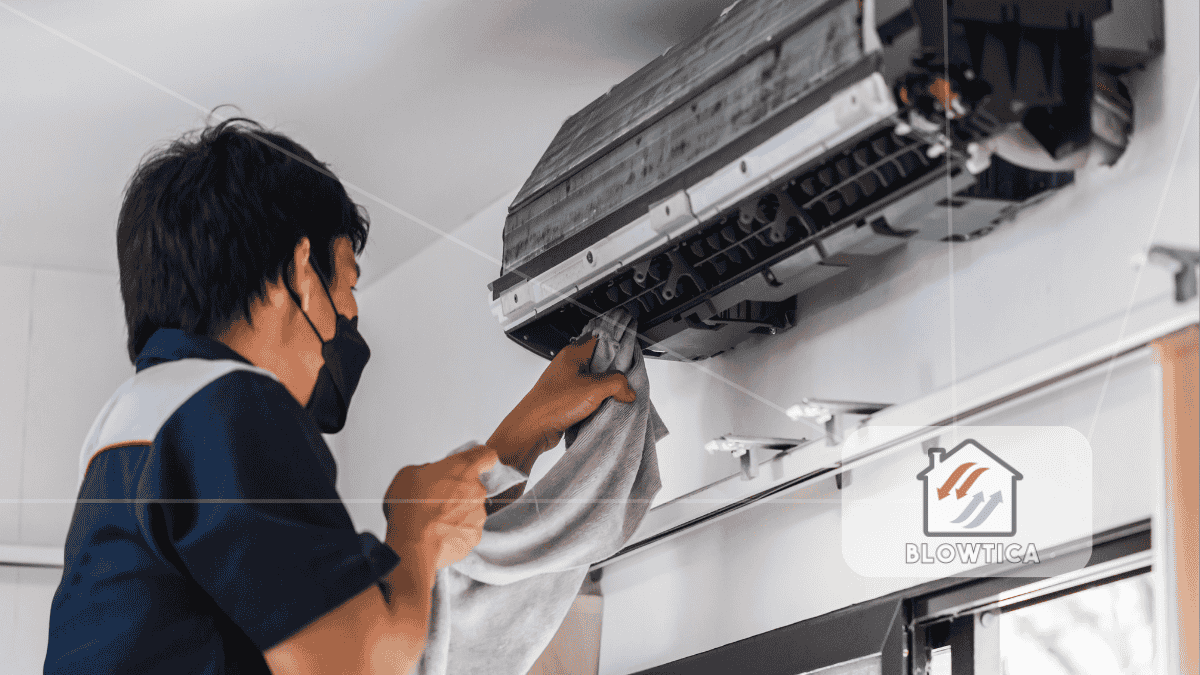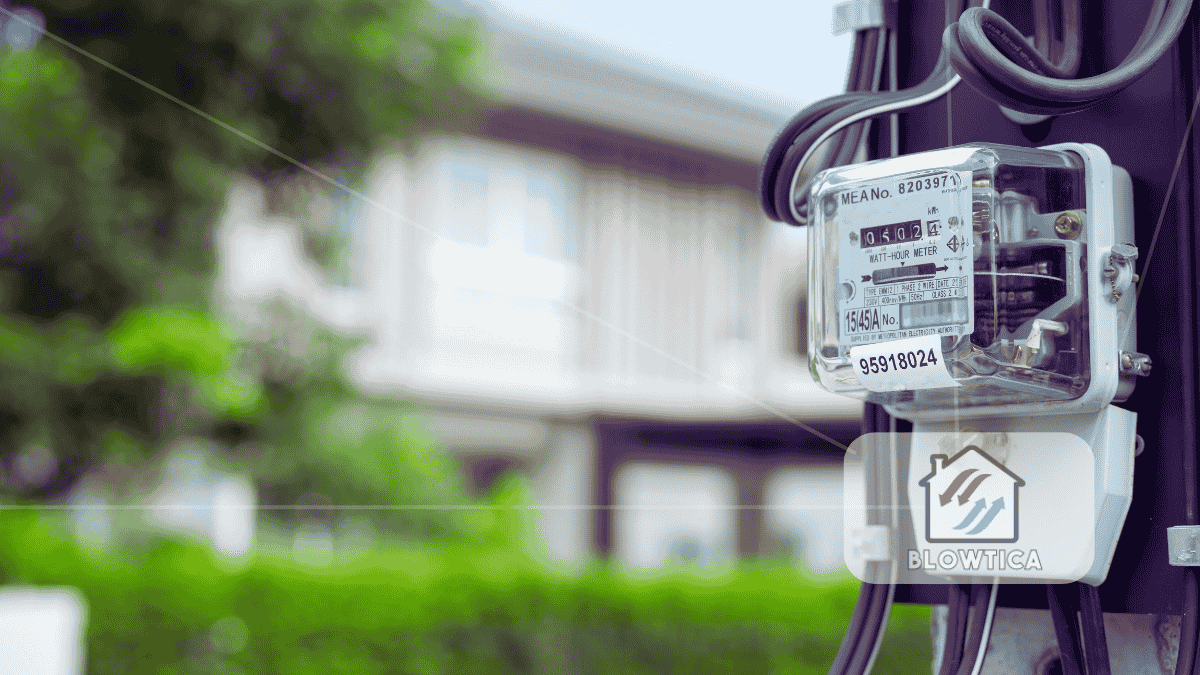
Summer’s just around the corner and no one wants an AC failure on a 95‑degree day. Catching AC repair signs early can save you from sleepless nights, steep repair costs, and ballooning energy bills. In this guide, we’ll explore the most common warning signs, why each matters, and smart steps to take now before you’re scrambling for emergency HVAC service in July.
1. The Real Cost of Delaying
Ignoring warning signals from your AC doesn’t just own your comfort, it empties your wallet. A clogged filter may seem minor, but left unchecked it’ll force the unit to run longer, burn more energy, and wear out faster. That adds up:
- Higher energy bills
- Shortened equipment lifespan
- Bigger breakdowns at the worst time
A quick fix now beats stressful and expensive recovery later.
2. AC Repair Signs Checklist
Here are eight key AC repair signs to watch for before summer, and what you can do about each:
| Warning | What It Means | What To Do |
|---|---|---|
| 1. Weak, uneven airflow | Could be dirty filter, blocked ducts, or failing blower | Replace filters monthly; inspect ducts; call a technician if airflow doesn’t improve |
| 2. Lukewarm or warm air | Low refrigerant, dirty coils, or compressor problems | Clean coils; call pro to check refrigerant levels and compressor |
| 3. Strange noises | Grinding, clanking, hissing, or whining indicate internal issues | Investigate immediately to prevent further damage |
| 4. Rising energy bills | System is working harder—likely inefficient | Run a diagnostics check; clean coils; schedule tune‑up |
| 5. Short-cycling | AC is turning on/off too fast; may overheat or fail early | Check thermostat placement, airflow, sizing; consult HVAC expert |
| 6. Leaks or moisture | Could be blocked drain lines or refrigerant escaping | Clear drainage; inspect for leaks (handle refrigerant with a pro) |
| 7. Musty or chemical smells | Mold growth or refrigerant leak | Sanitize ducts/coils; check for leaks; address immediately |
| 8. Visible wear & age | Corrosion or cracks signal the end of unit life | Compare repair vs. replacement; evaluate long‑term cost |
3. Understanding Technical Terms
- Refrigerant: This coolant transfers heat. If it’s low, your system can’t cool effectively.
- Compressor: The “engine” of your AC. Compressor issues are serious and costly.
- Short-cycling: Rapid on/off cycles that stress your system, increasing wear and running up energy use.
Knowing these helps you detect problems early, and talk with confidence when you call technicians.
4. Smart DIY Checks Before Calling a Pro
You don’t have to wait for a technician to do basic upkeep:
- Replace or clean filters monthly one of the easiest, most effective maintenance steps.
- Clear debris around outdoor unit keep it free from leaves, grass, pet toys, or paint.
- Clean condenser coils gently with a garden hose (power off first!).
- Listen and smell near the unit. New sounds or odors often signal trouble.
- Check thermostat settings and location ensure it’s level and away from sunlight or vents.
These proactive efforts boost efficiency and longevity.
5. When to DIY vs. Call an HVAC Pro
- DIY OK: Filter swaps, coil spray, thermostat battery changes.
- Call a pro: Refrigerant refill, compressor repair, electrical or motor issues, intricate ductwork.
- Age + recurring trouble: If your unit is 10+ years old and giving you repeated headaches, consider replacement. New systems are far more efficient, quieter, and may qualify for rebates or energy savings.
Picking the right technician make all the difference:6. Choosing a Reliable HVAC Service
- Check credentials: Ensure NATE certification or equivalent.
- Read local reviews: Look for consistently positive feedback in your area.
- Get written estimates: Compare services and costs.
- Ask about warranties: Parts, labor, and workmanship coverage are vital.
A trusted technician will explain what they’re doing, answer questions, and give a clear, fair estimate.
7. Budgeting for AC Health
Create a flexible budget with three tiers:
- Maintenance (yearly): $100 – $200 for filter checks or tune-ups.
- Minor repairs: $200 – $600, like refrigerant recharge or motor replacement.
- Major overhaul or replacement: $3,500 – $7,500 depending on size, type, and efficiency ratings.
Spotting AC repair signs early typically keeps you in the Maintenance or Minor category, avoiding sticker shock.
8. Seasonal AC Prep: A Checklist
Before summer really kicks in:
- Replace filter
- Clear outdoor condenser
- Vacuum vents and return ducts
- Clean coils
- Test thermostat and inspect wiring
- Run system on cool mode and note any odd performance, sounds, or smells
Building this simple routine helps you catch issues before they escalate.
9. Energy Efficiency & Environmental Benefits
Customizing your system isn’t just about comfort, it also helps:
- Lower carbon footprint: Efficient systems use less energy.
- Upgrade options: SEER 16+ units use up to 37% less electricity than aging SEER 10 models.
- Rebates and tax credits: Check locally many energy programs help offset upgrade costs.
10. Final Thoughts: Stay Ahead of Summer
Today’s small nuances like slight noises or uneven cooling can become tomorrow’s major headaches. Spotting these AC repair signs early saves you money, stress, and discomfort. A little vigilance now ensures your cooling system is summer-ready, efficient, and reliable.
Conclusion
Summer comfort starts before summer heat. By watching these AC repair signs, weak airflow, warm air, odd noises, leaks, foul smells, rising bills, short-cycling, and aging equipment, you can act early and avoid emergency breakdowns. Regular maintenance and quick repairs extend your system’s life, improve efficiency, and keep your home cool without unwelcome surprises. Plan ahead, schedule inspections, and fix warning signs before summer hits. Your future self and your wallet, will thank you.







